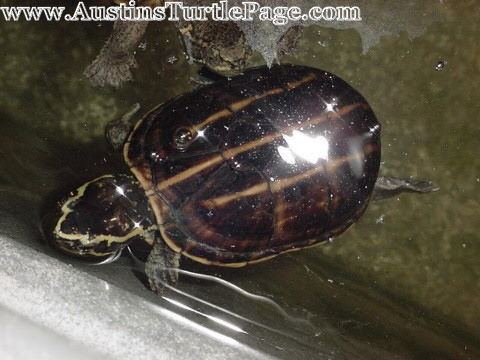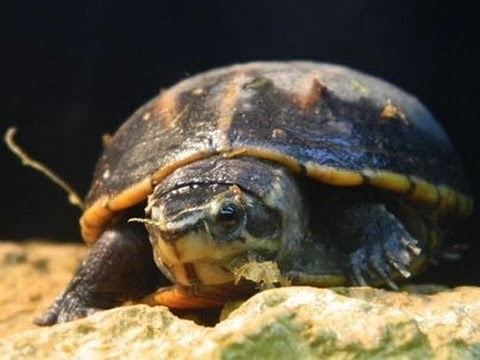Higher classification Kinosternon Order Turtle | Subphylum Vertebrata Genus Kinosternon Phylum Chordata Rank Species | |
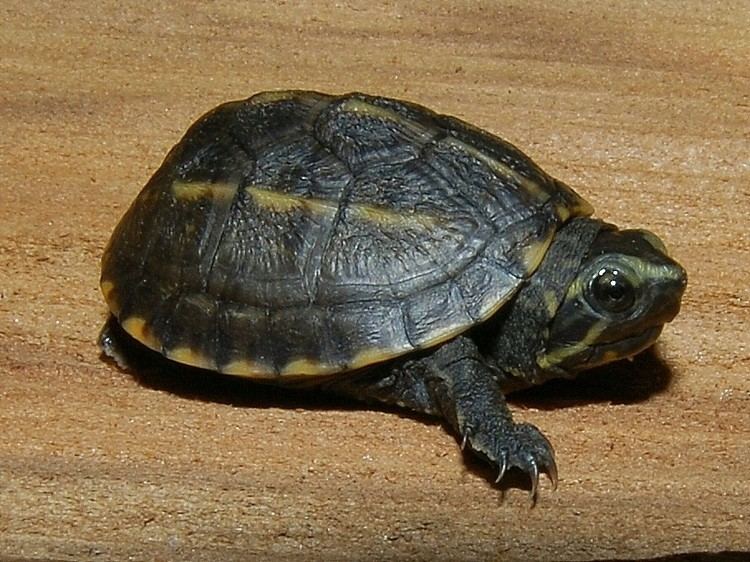 | ||
Similar Kinosternon, Turtle, Kinosternidae, Reptile, Eastern mud turtle | ||
Two three striped mud turtle unboxing
The striped mud turtle (Kinosternon baurii) is a species of turtle endemic to the United States.
Contents
- Two three striped mud turtle unboxing
- Four 3 striped mud turtles enjoying the good life
- Etymology
- Geographic range
- Description
- Habitat and behavior
- Diet
- Captivity
- Reproduction
- References
Four 3 striped mud turtles enjoying the good life
Etymology
The specific name, baurii, is in honor of herpetologist Georg Baur.
Geographic range
Striped mud turtles are found in Florida, Georgia, North Carolina, South Carolina and Virginia.
Description
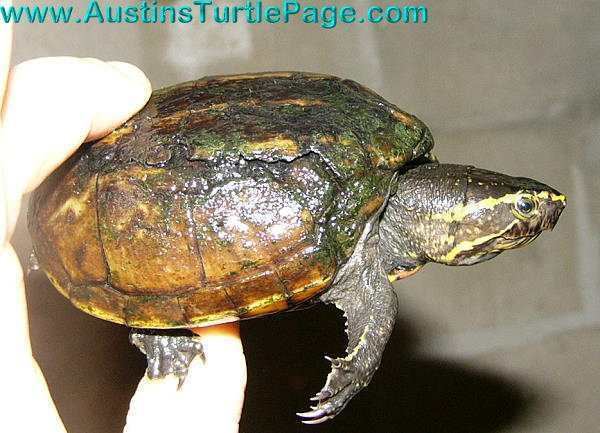
They have three light-colored stripes along the length of the smooth carapace. They can grow to 8–12 cm (3-4¾ inches) carapace length.
Habitat and behavior
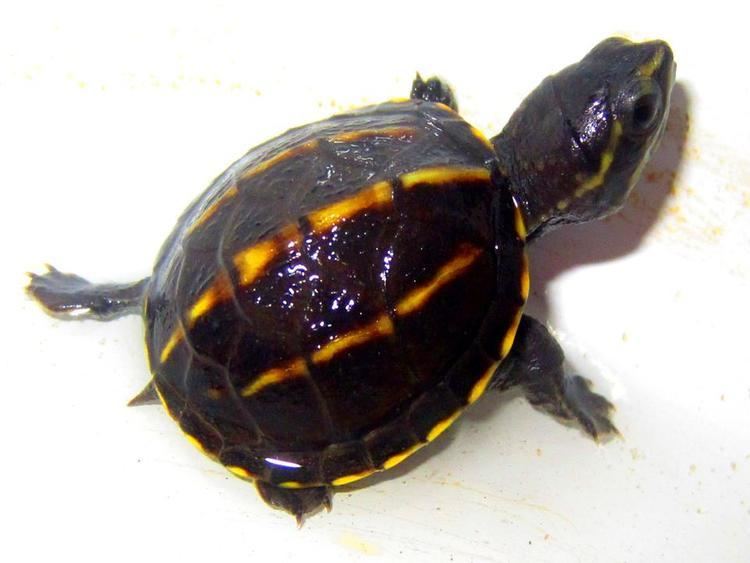
Kinosternon baurii is a common species found in freshwater habitats. They wander about on land more than any other mud turtle and can sometimes be observed foraging for food in cow dung.
Diet
Striped mud turtles are omnivorous. They eat insects, snails, fish, carrion, algae, and plants.
Captivity
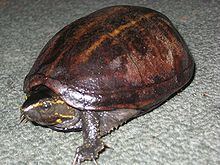
As pets they are easy to care for, readily eating commercial turtle foods, feeder fish, worms, or if all else fails, turkey cold cuts. They tend to have ornery yet strangely endearing personalities and enjoy sunning themselves more than other mud turtles.
Reproduction
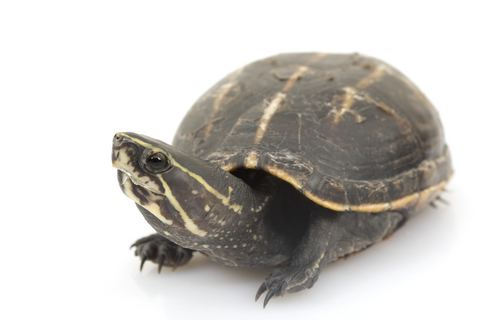
They nest from September to June. The eggs, which are slightly over 2,5 cm (1 in) long, hatch 13 to 19 weeks later. The hatchlings are about the size of the end of a typical man's thumb and, unlike the adult turtles, have keeled carapaces.
